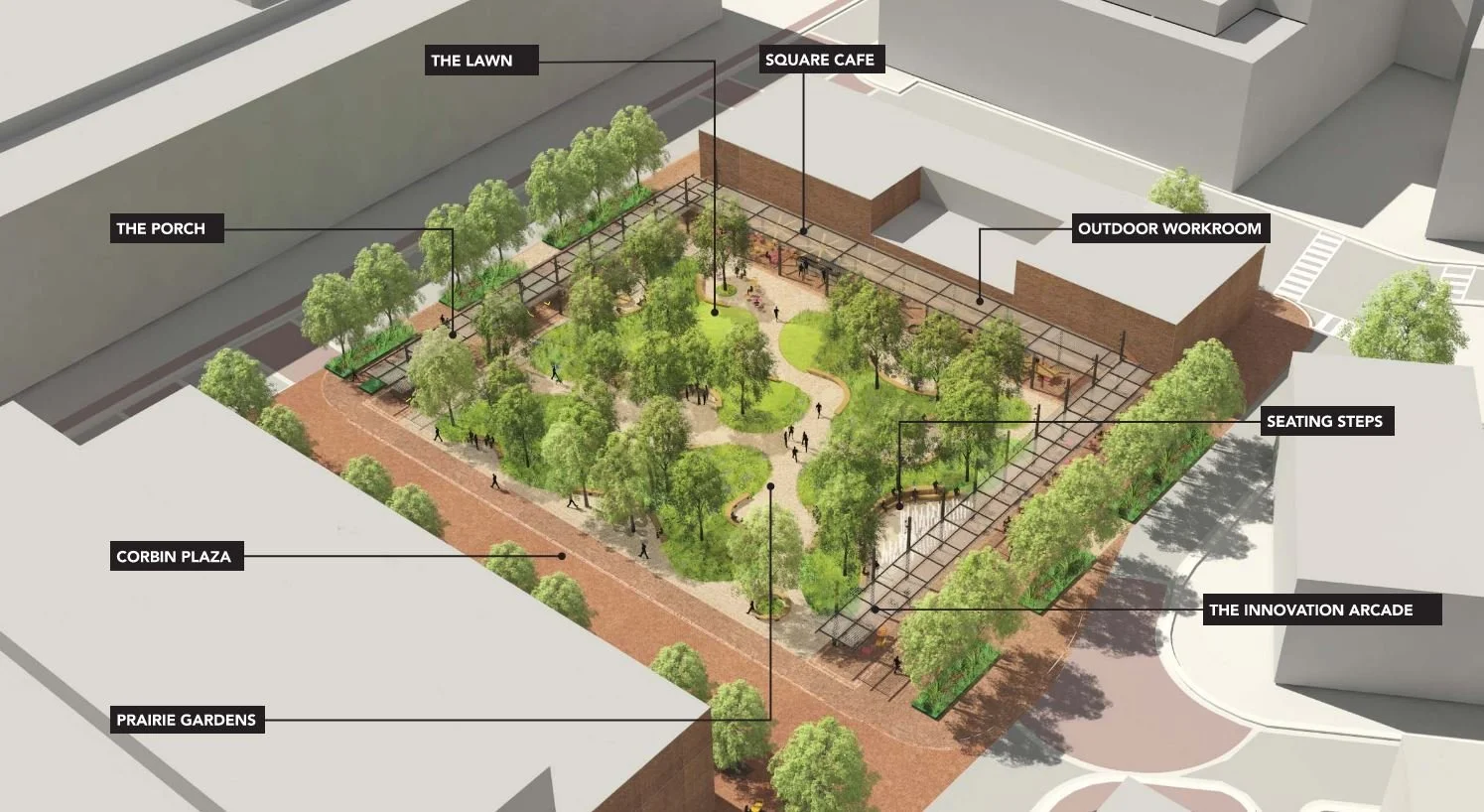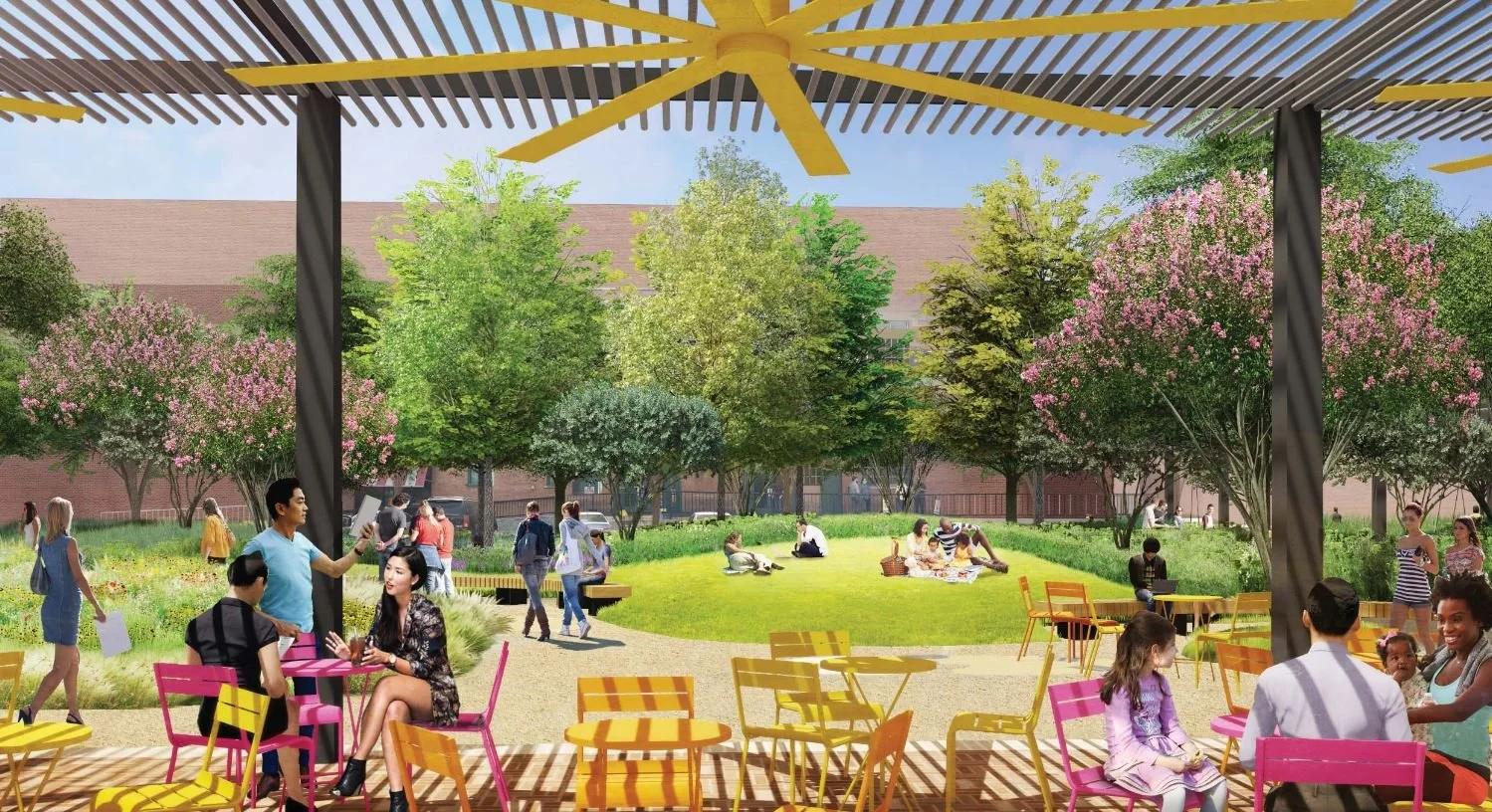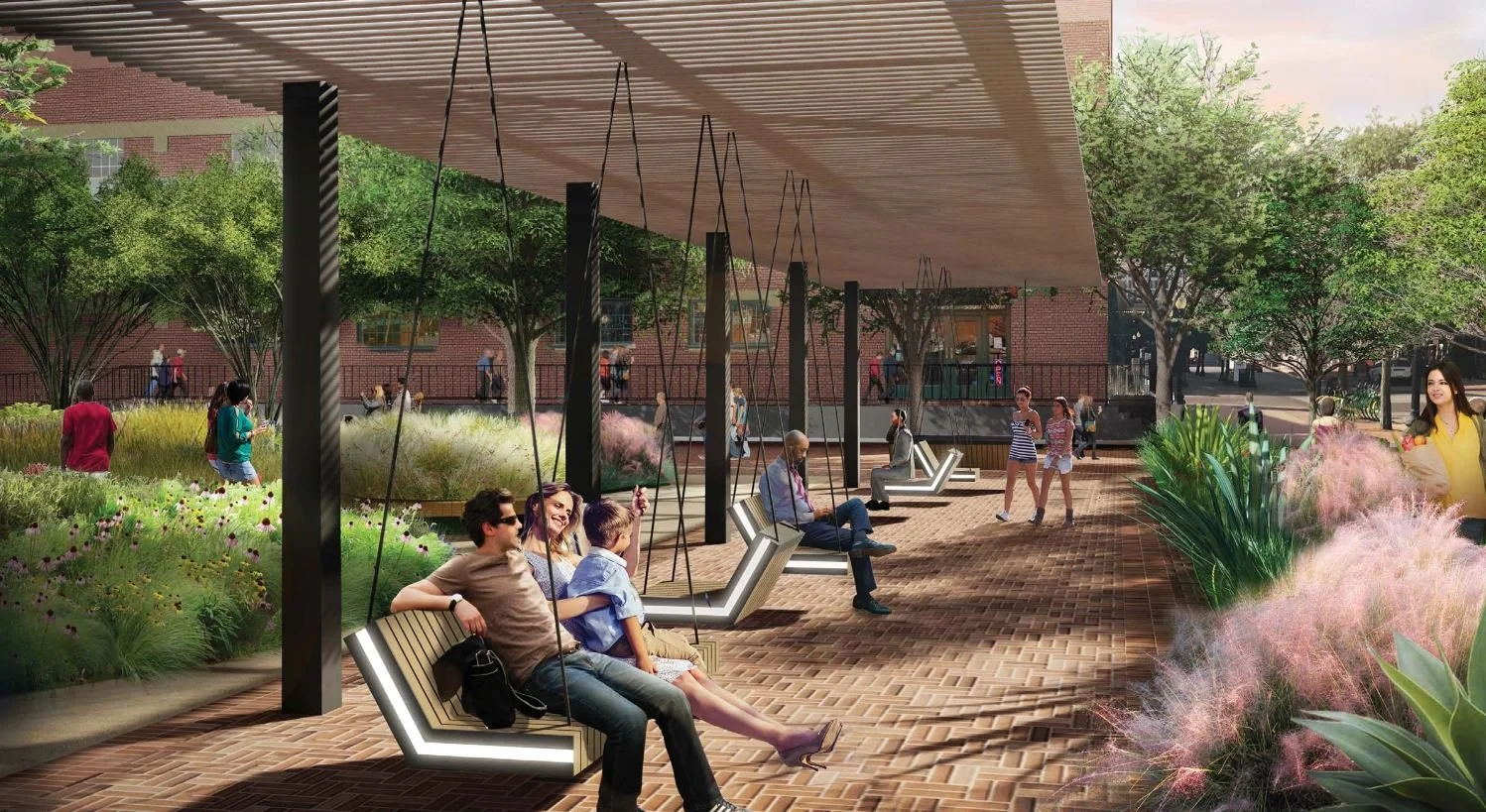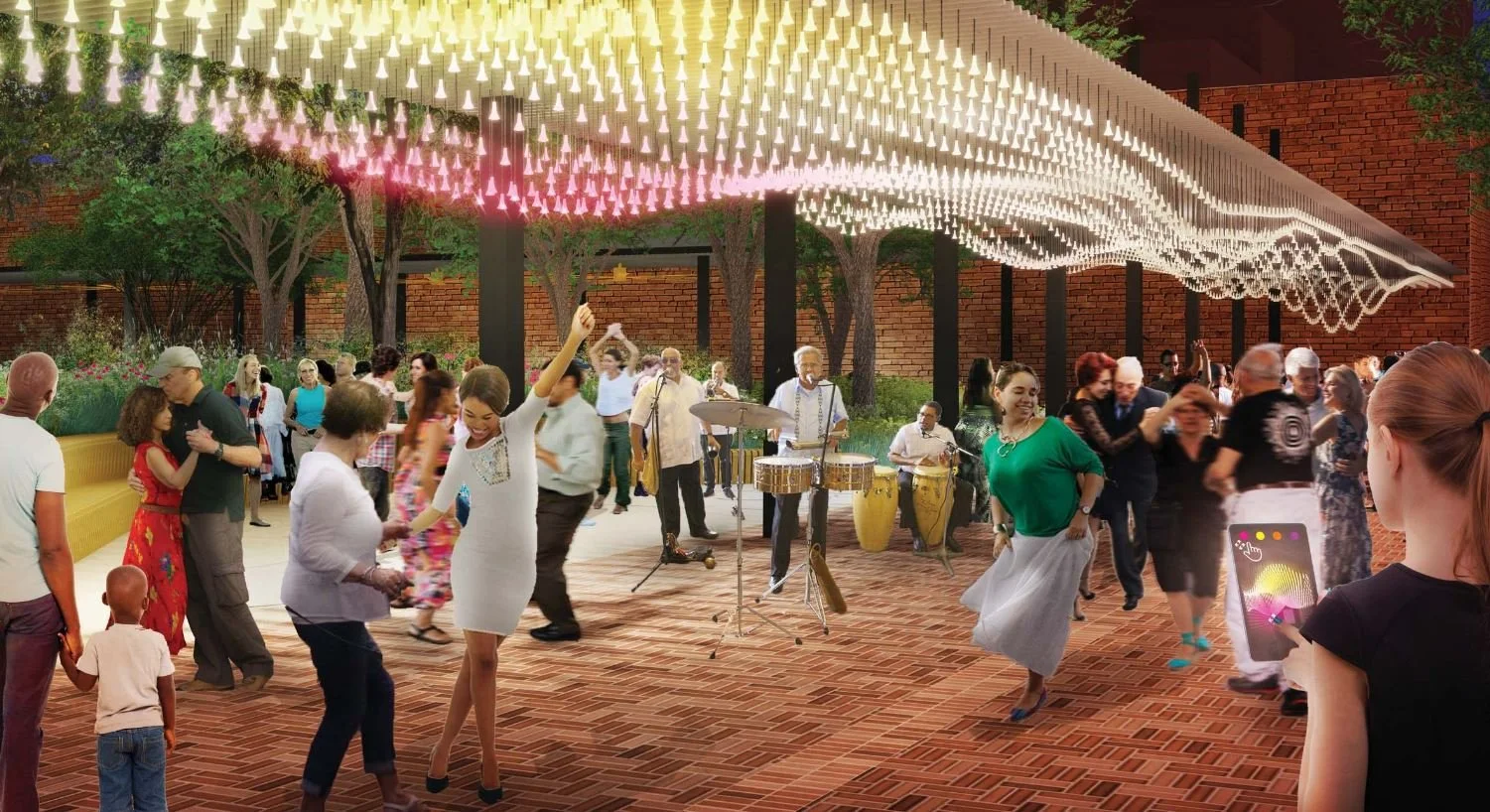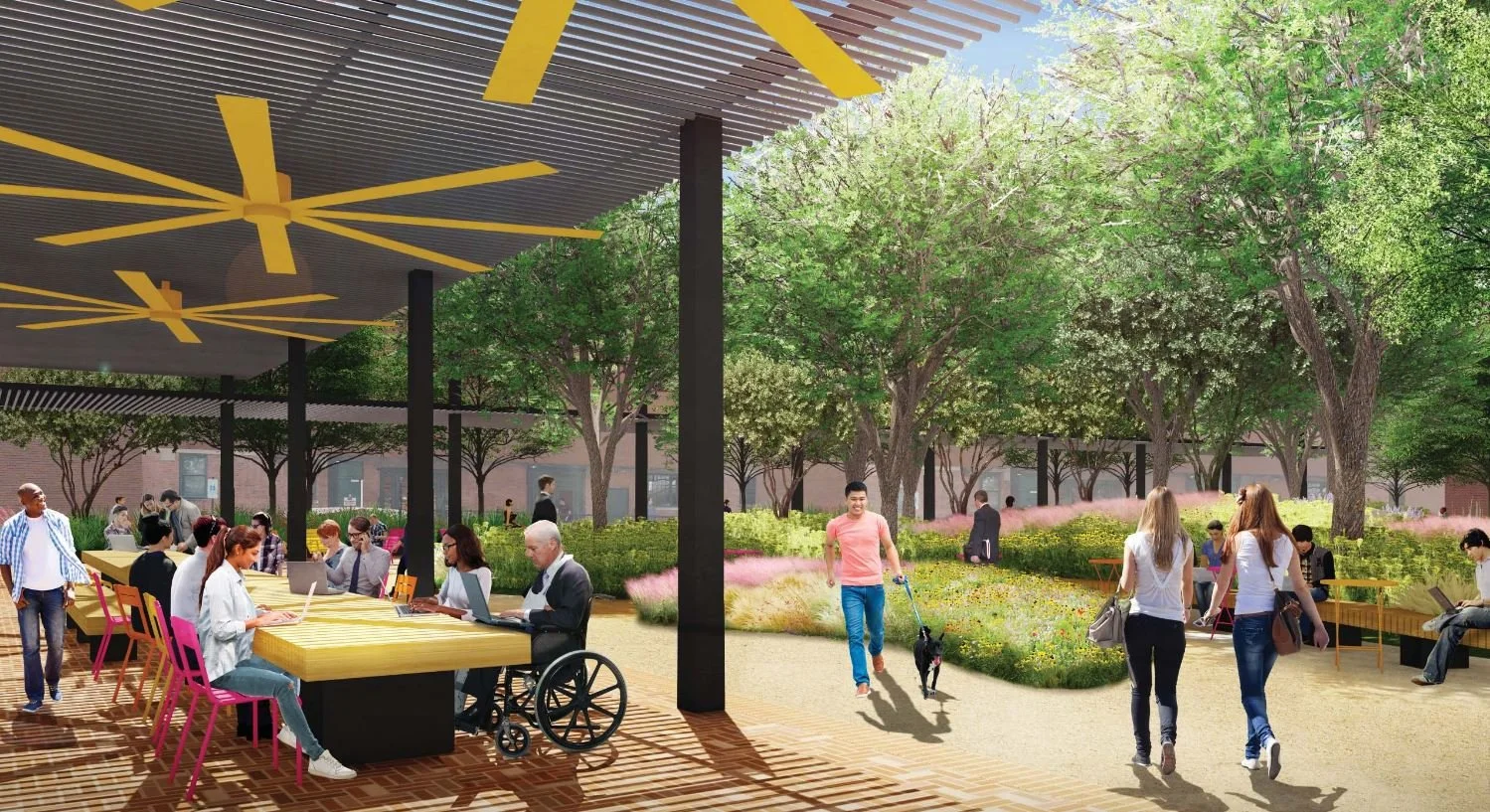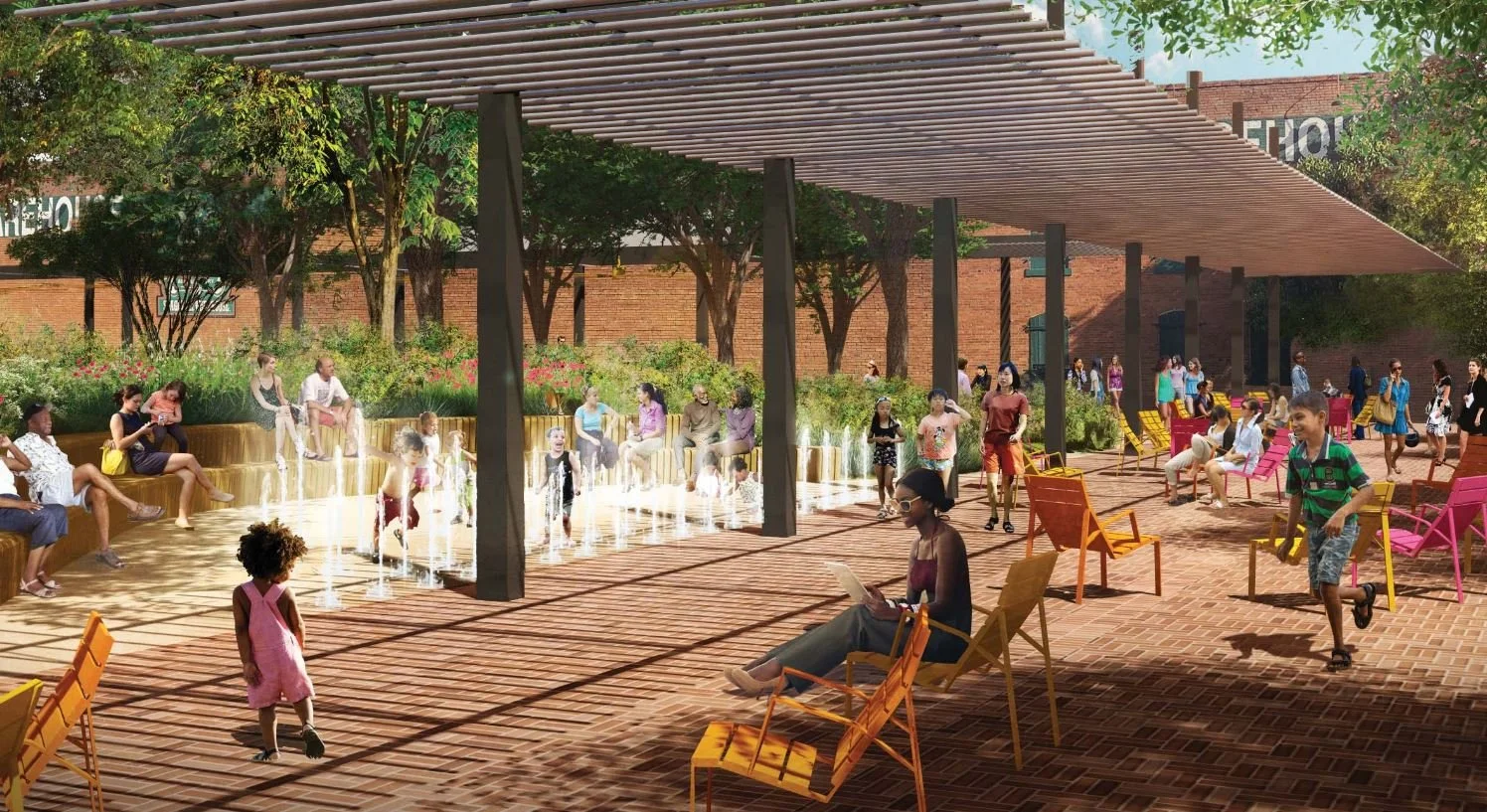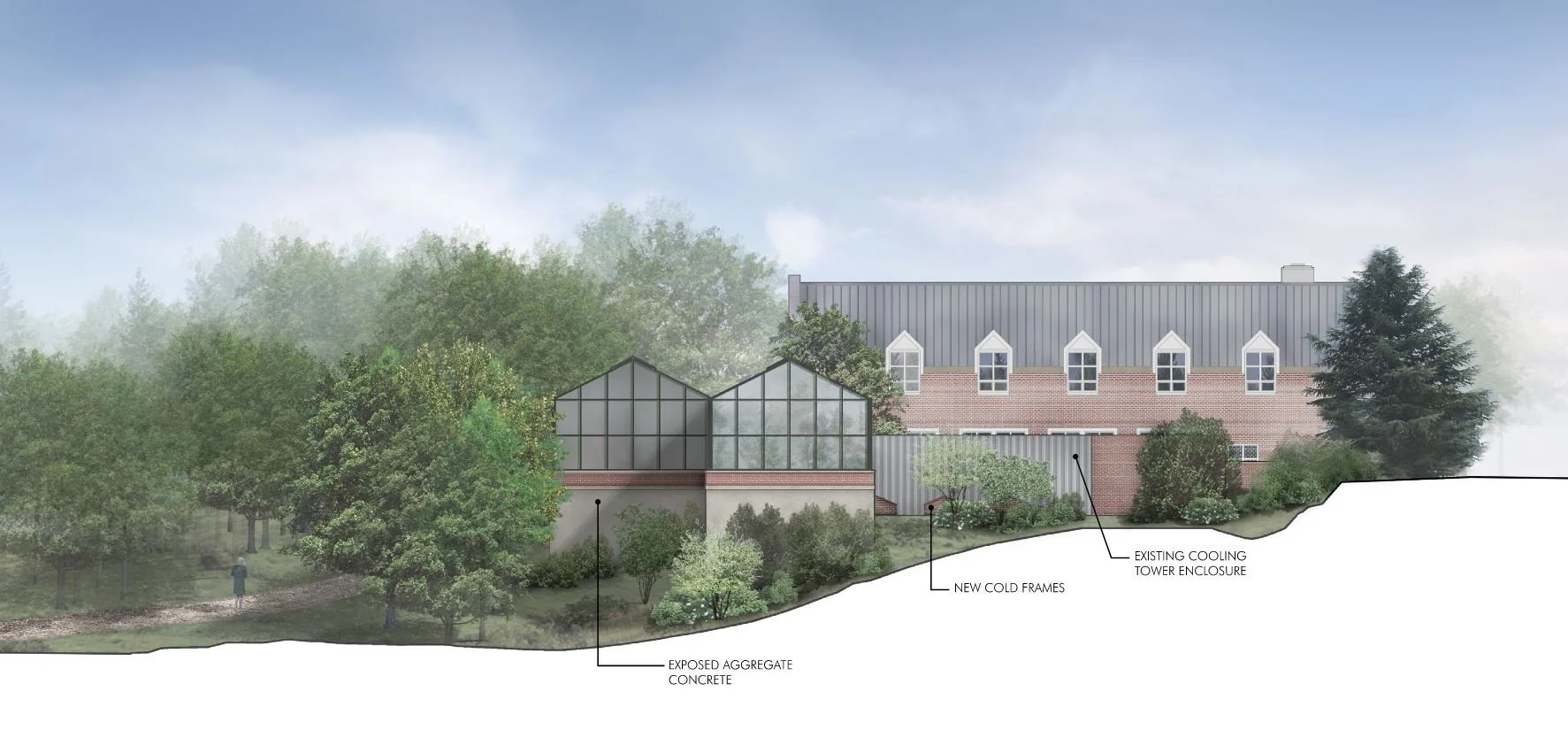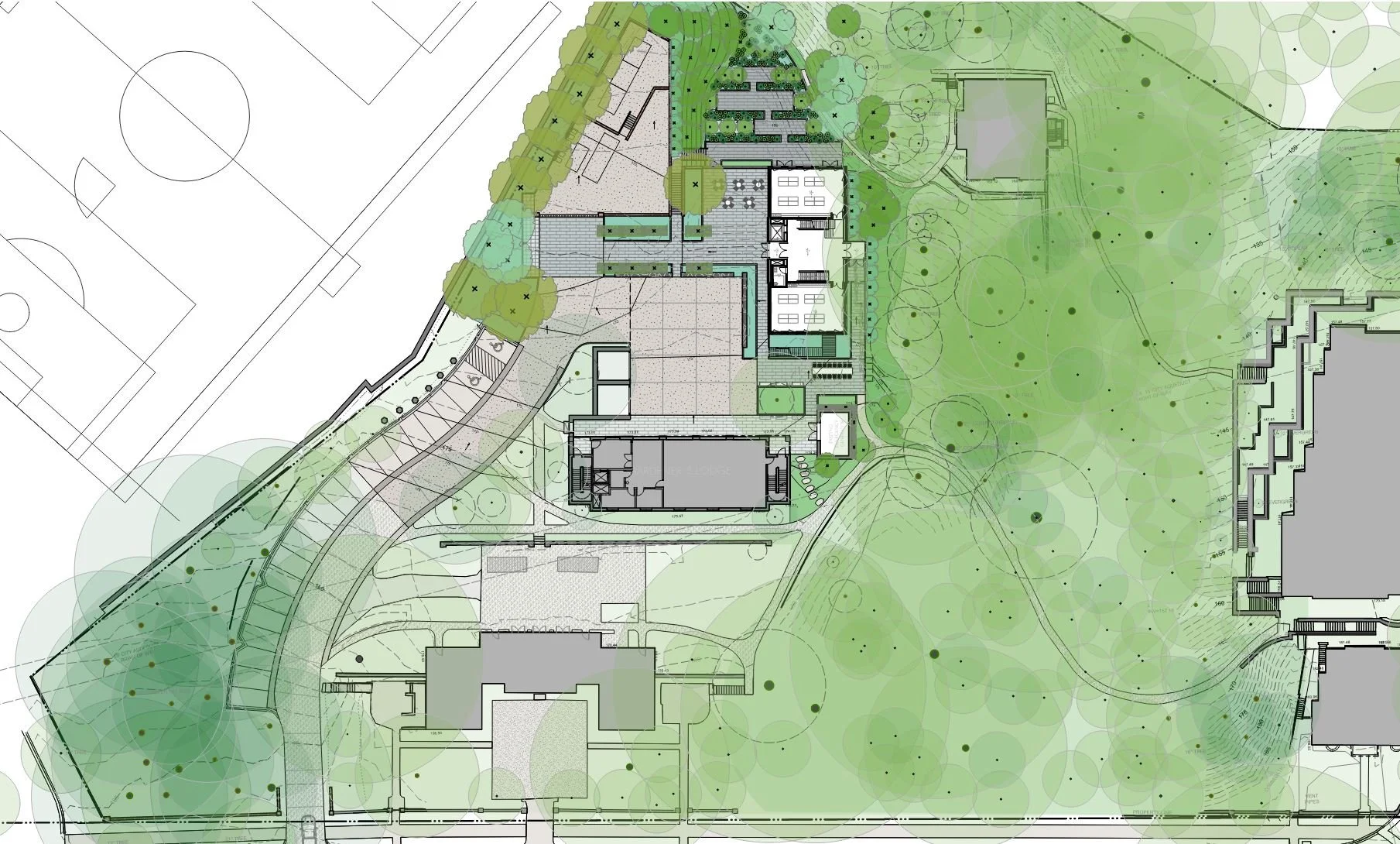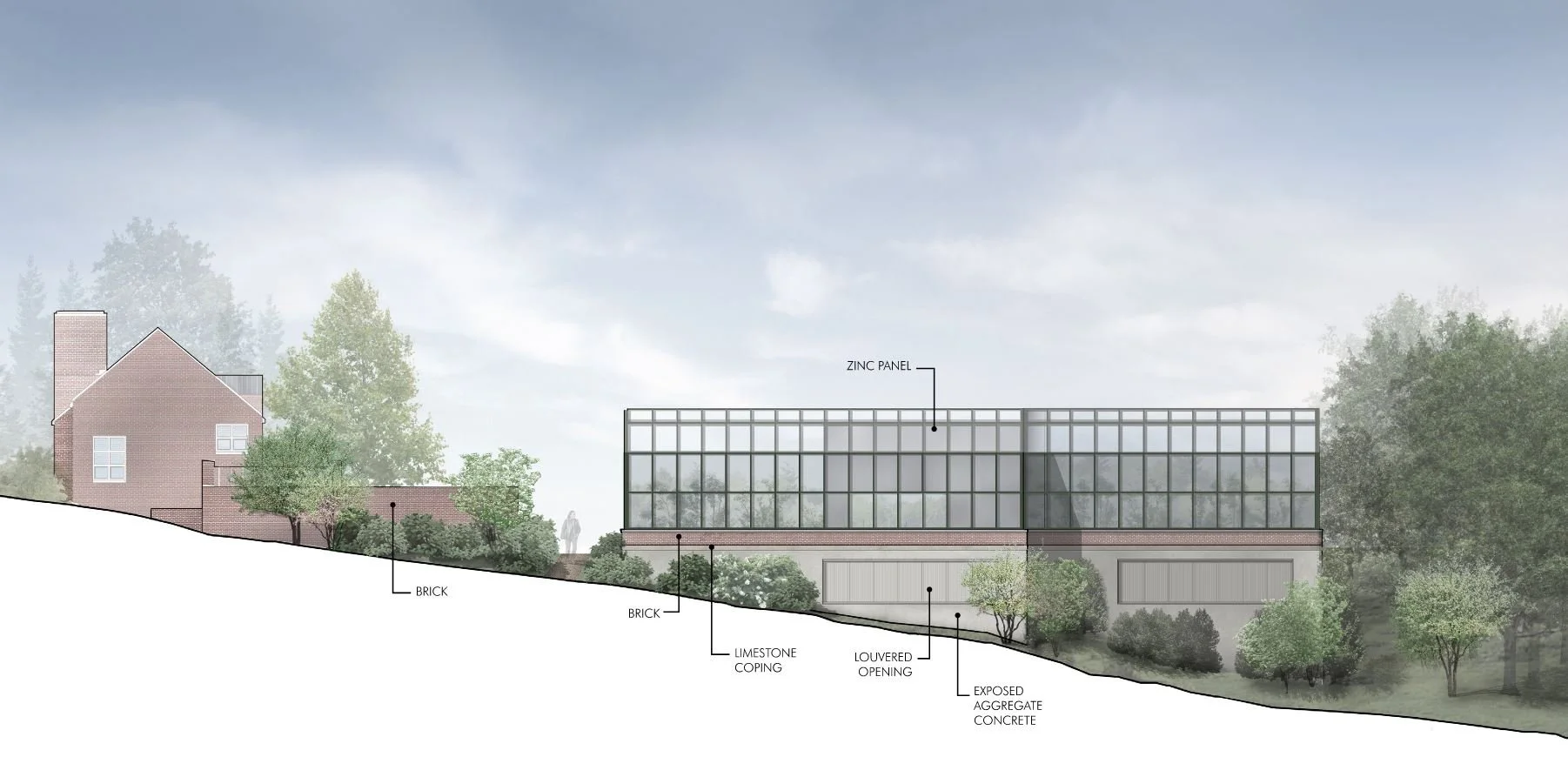From Parking Lot to Park: JBC's Role in West End Square’s Transformation
/IMAGE COURTESY OF JAMES CORNER FIELD OPERATIONS
West End Square is a transformative urban park developed by the Downtown Dallas Parks Conservancy and designed by James Corner Field Operations, with JBC serving as a key subconsultant for irrigation, soils, and subdrainage design. Formerly a surface parking lot, the site is now the only neighborhood park in Dallas’s West End Historic District—an inviting green space nestled within a dense urban fabric. The park was envisioned as a much-needed oasis in the heart of the city, blending technology, sustainability, and thoughtful design.
IMAGE COURTESY OF JAMES CORNER FIELD OPERATIONS
JBC played a vital role in ensuring the long-term success of the landscape by developing soil systems and irrigation strategies suited to the challenges of an intense urban environment. The compact site presented significant design and construction constraints, with dense utility networks, limited subsurface depth, and a nearly flat grade. To overcome these obstacles, JBC crafted a soil design that maximized root volume under paved surfaces while carefully avoiding underground utilities. The team also designed a subdrainage system with precise grading to ensure reliable flow to existing storm infrastructure, despite the minimal slope available.
IMAGE COURTESY OF JAMES CORNER FIELD OPERATIONS
One of the most critical successes of the project was the inclusion of a robust irrigation system—an often-overlooked feature in public spaces. Given Dallas’s hot, dry climate and the added heat stress of the urban context, this investment was essential to supporting a thriving landscape. JBC’s irrigation design ensures that the diverse plantings and urban canopy have the water they need to grow and endure.
IMAGE COURTESY OF JAMES CORNER FIELD OPERATIONS
West End Square is now a welcoming public space that serves the surrounding neighborhood and downtown Dallas community. The completed park offers much-needed green space, seating, and shade in the West End Historic District, supporting both daily use and programmed activities. It reflects the successful coordination of design and engineering in a complex urban setting.
IMAGES COURTESY OF JAMES CORNER FIELD OPERATIONS


